Dancing Gets Serious (Page Three)
|
|
Page 1 - Meet and Greet
|
Page 2 - Who Was Here???
Page 3 - Dancing In Earnest | Page 4 - A Comical View |
|
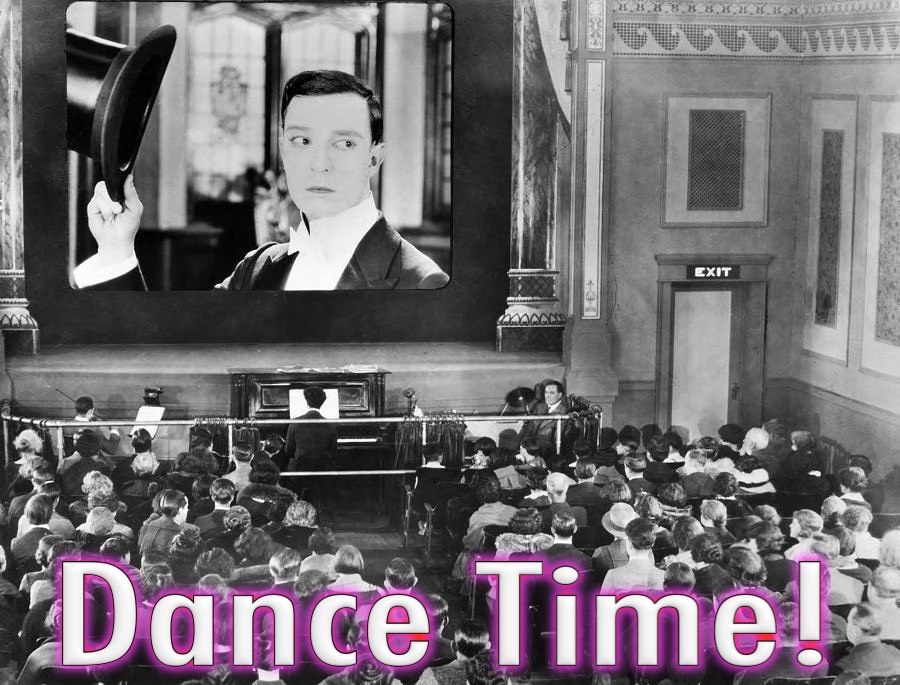
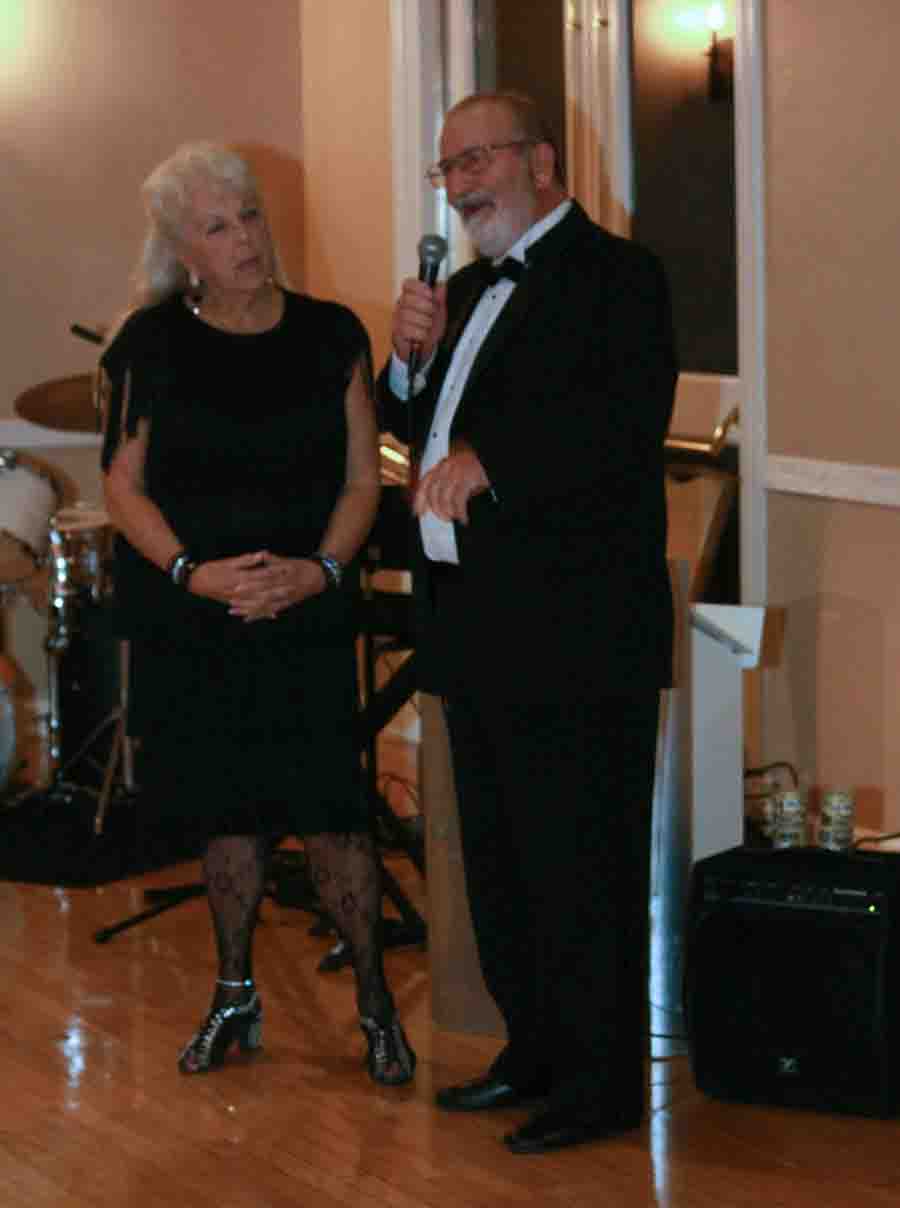
Who left the list of announcements at home?
You have to say.... "Lost List... Lost List... Lost List" three times fast!

They got all the announcements made! Pure genius!

Dessert and coffee time! Now let's dance!

Must check the hem length before dancing can begin!
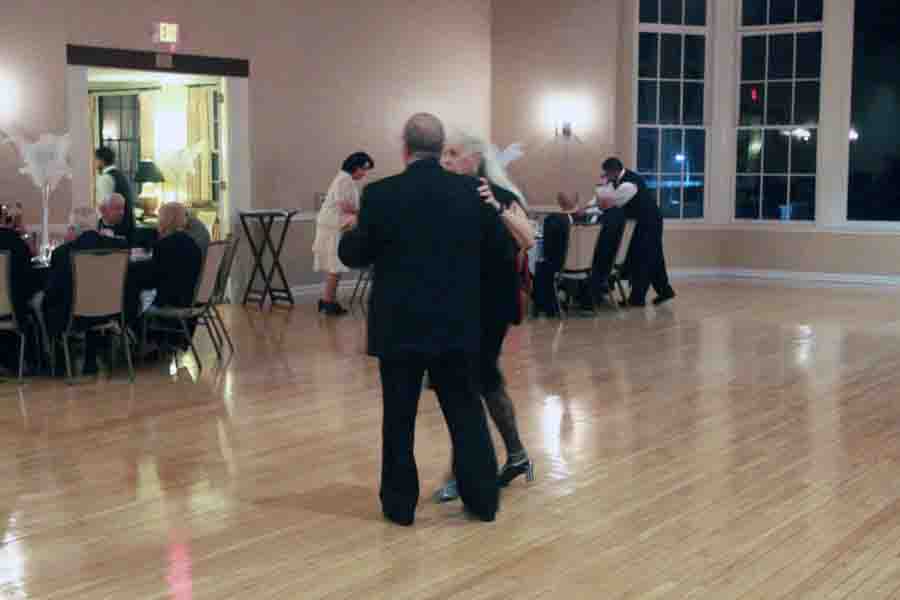
Must be a Samba!

We all enjoy watching them
move to the Samba
New From The 1920's

Time For The Mixer!
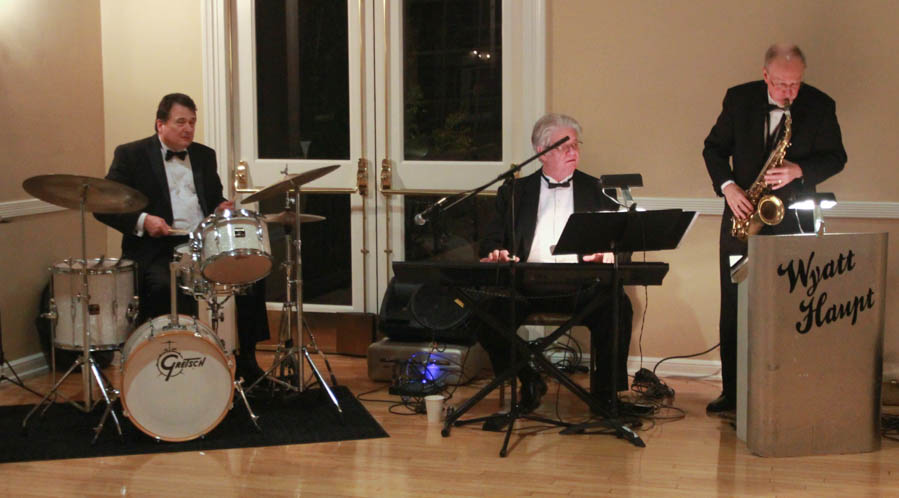
Looks like a mixer is forming!
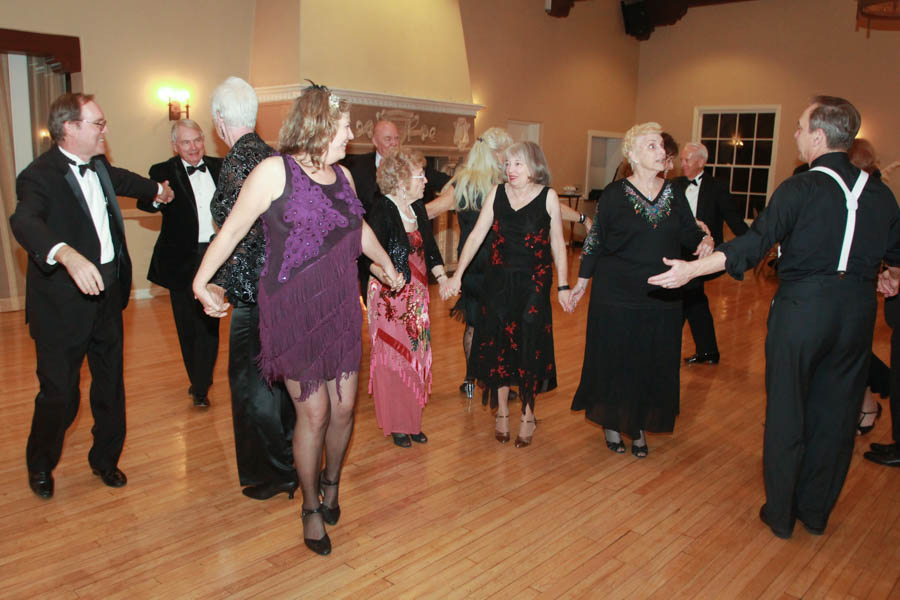
The circles are forming!

Around and around they go
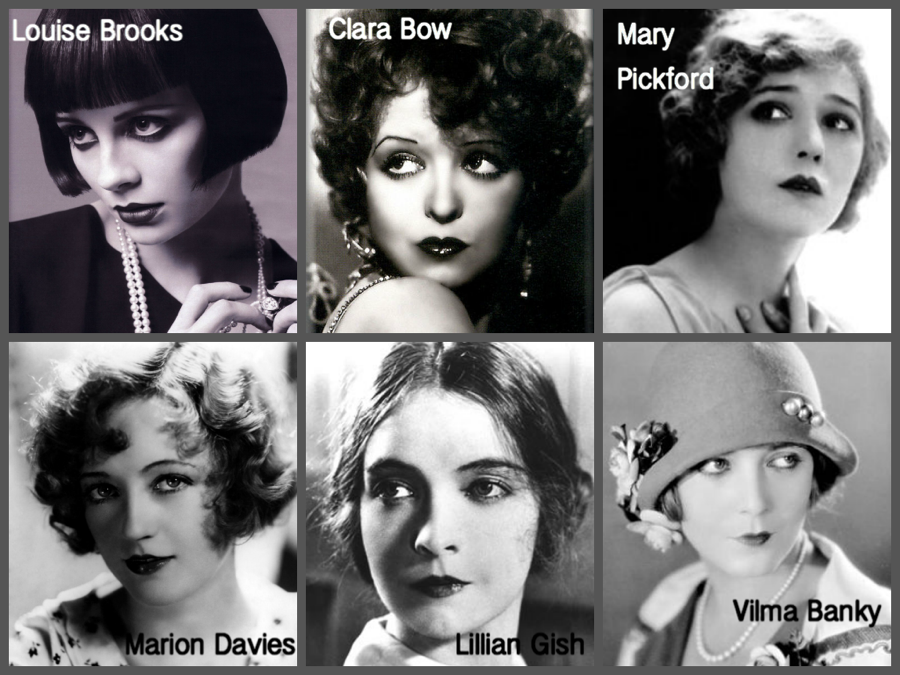
Heart throbs circa 1920

Keeping the beat...
Did You Know? - First and foremost, a drummer is a musician that performs music on the multi-percussion instrument known as the drum set, which usually consists of a bass drum (with pedal), a floor tom, tom-toms, a snare drum, hi-hats, a ride cymbal, and a crash cymbal.
In popular music, the primary function of the drummer is to "keep time" or provide a steady tempo and rhythmic foundation.

Vocals and keyboard

The sax was speaking to us!
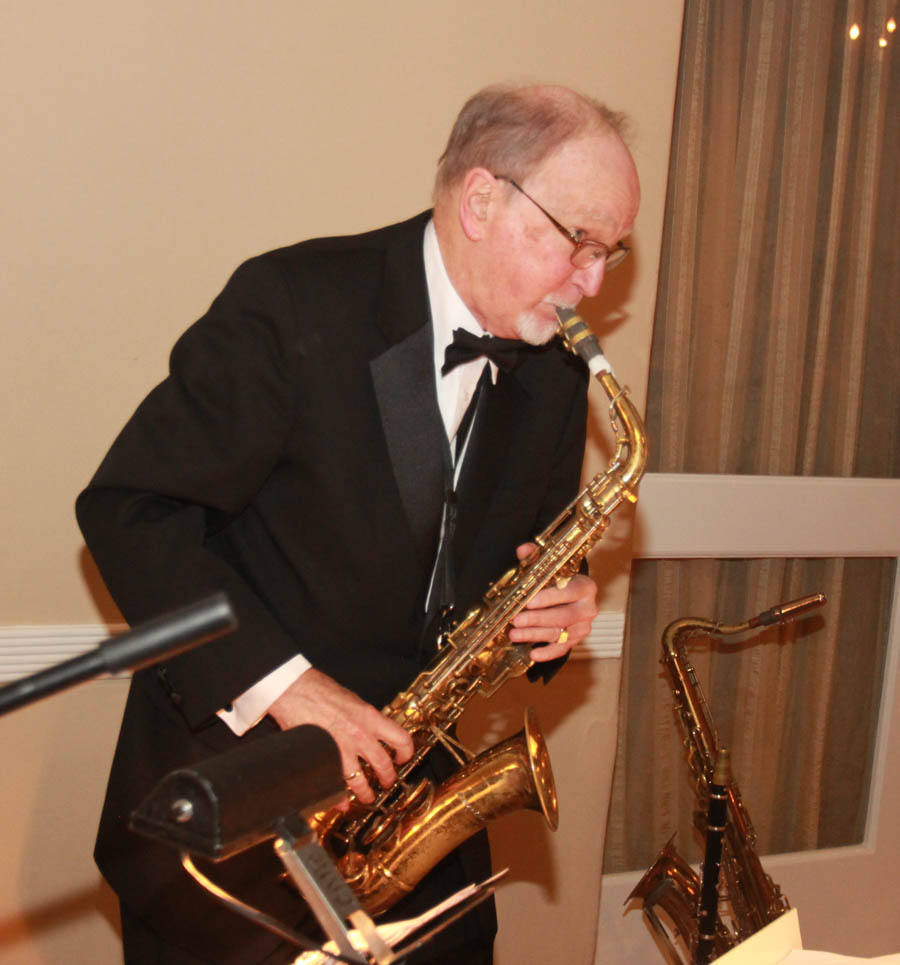
The notes seems to float across the floor and right into our feet!
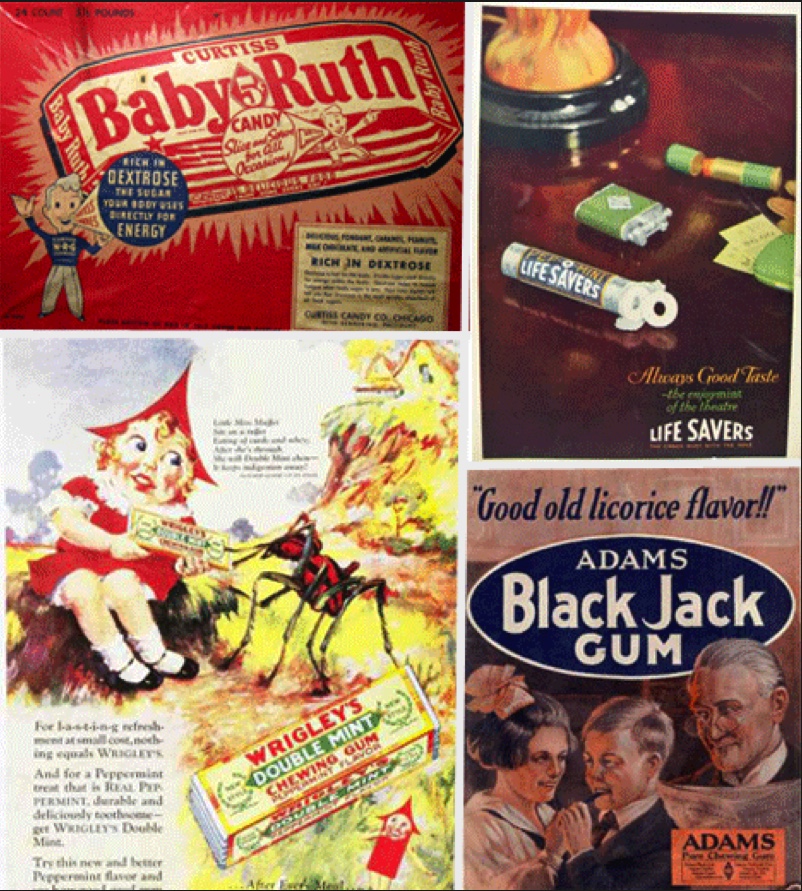
Interesting ads from 90 years ago!
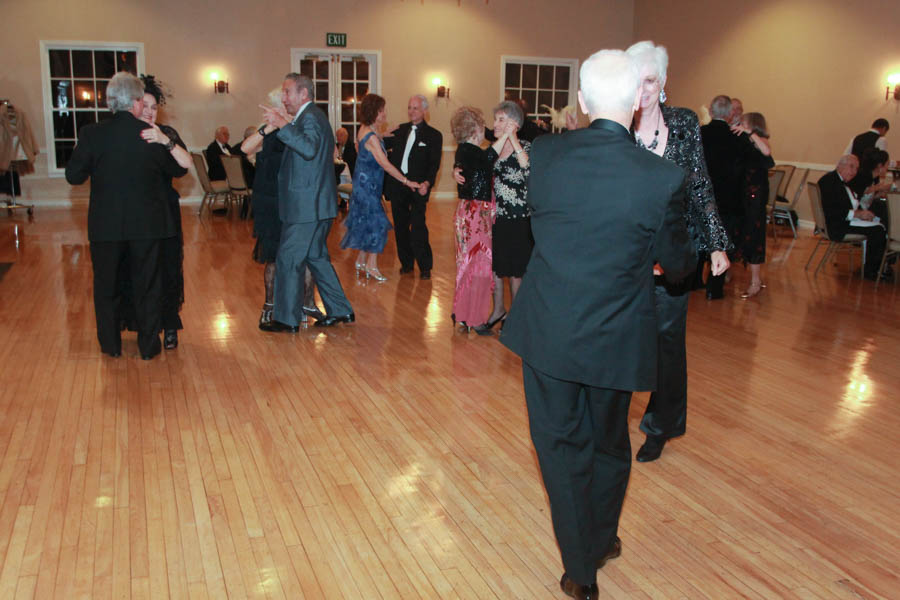
The floor was busy the remainder of the evening
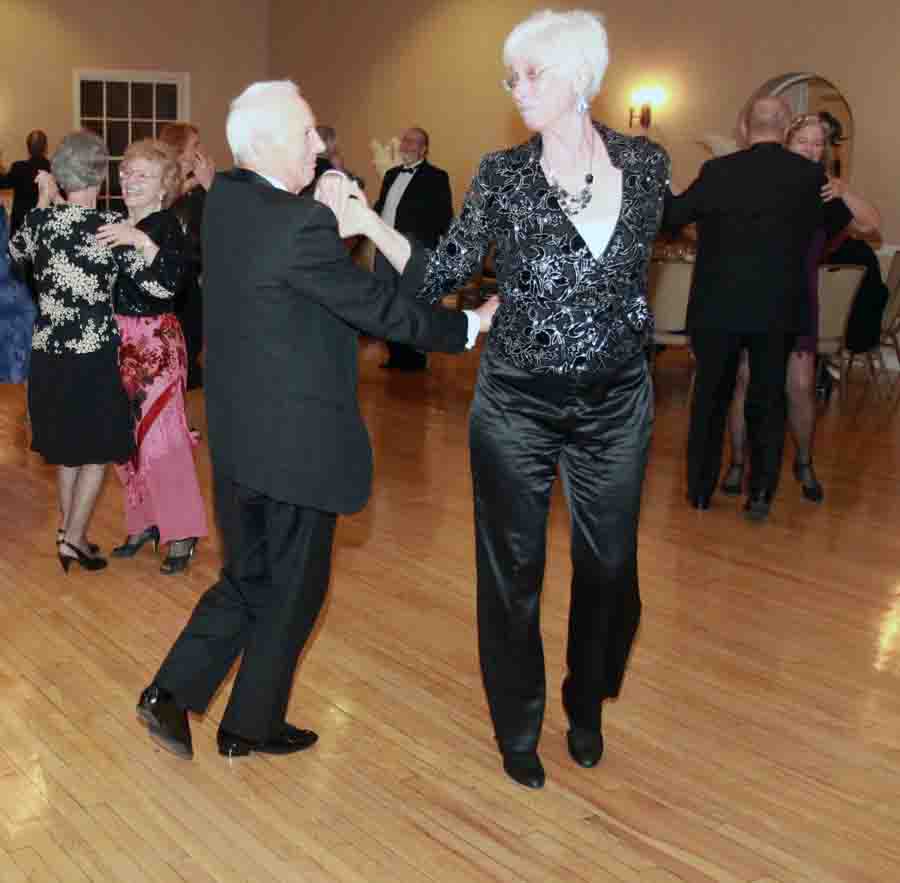
Around and around we go!

Notice a lot of dancing is close to the fireplace!
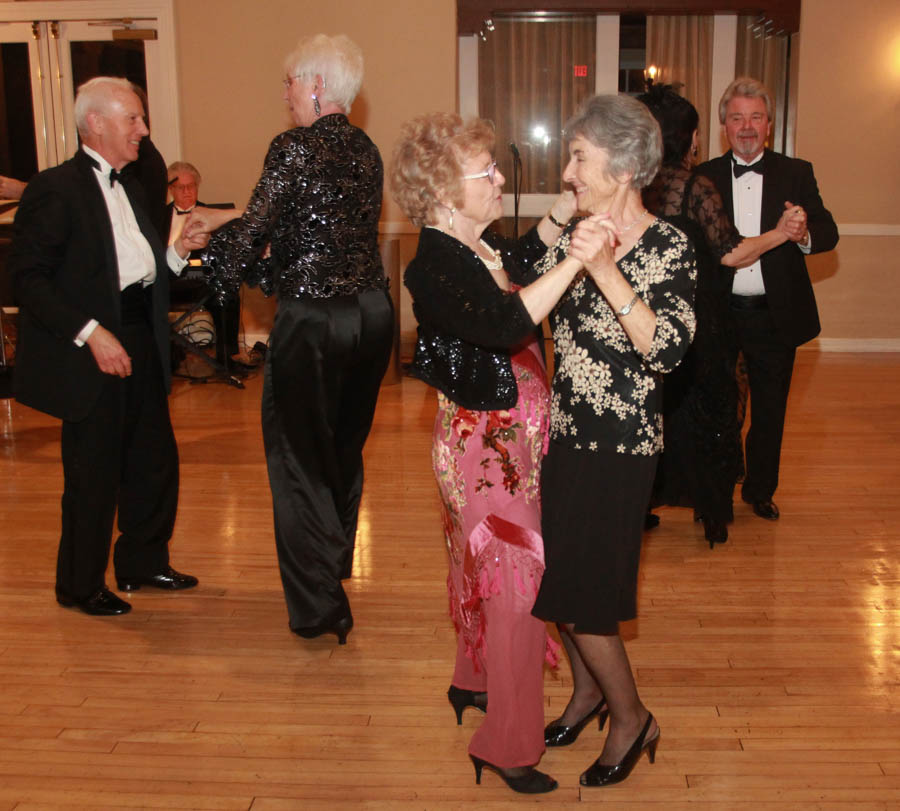
Looking good!

It is a beautiful room

The 1920's also happened in the UK
Did You Know? - During the roaring twenties, kids were spoiled. For the first time, there was a class of children who didn't have to work to help support the family. This was an era of highly energetic dances done by the younger generation, represented by the Black Bottom, Charleston, foxtrot, shag, and waltz.

The music was lively all evening... Wyatt does a wonderful job!
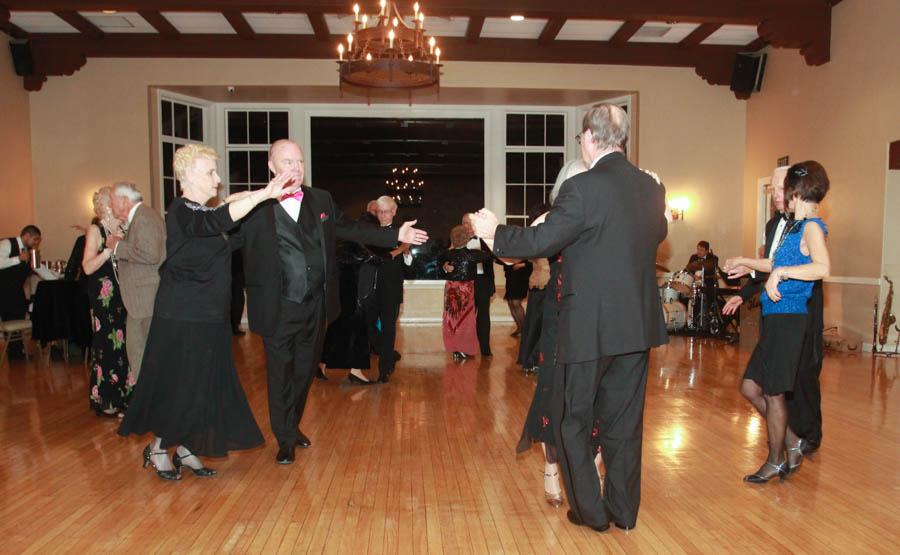
Life is good!
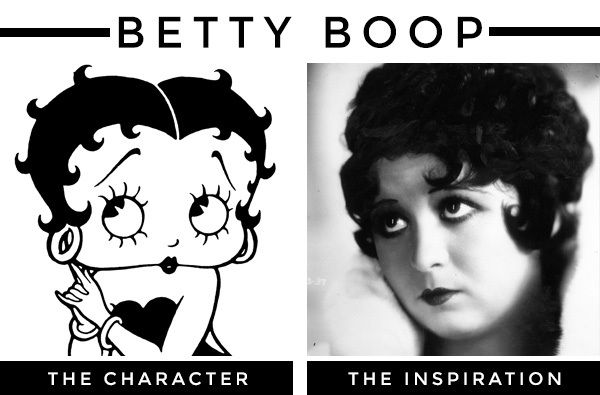
Did You Know? - Betty Boop was one of the earliest cartoons with sex appeal—a quality later imitated by characters like Jessica Rabbit in "Who Framed Roger Rabbit"—but she was actually created as a parody of a real-life actress that you may or may not have ever heard of: Helen Kane.
Kane was a popular actress and singer in the 1920s who not only looked like Betty Boop, she also sounded like her. Her catchphrase, apparently, was even "Boop oop-a-doop." Sadly, Kane wasn't a big fan of the impression, and she even sued the cartoon creator (along with Paramount Pictures) in 1932. Still, most folks only know Ms Boop, and not the inspiration for the character.
Wyatt Sings And Tells Us A Story
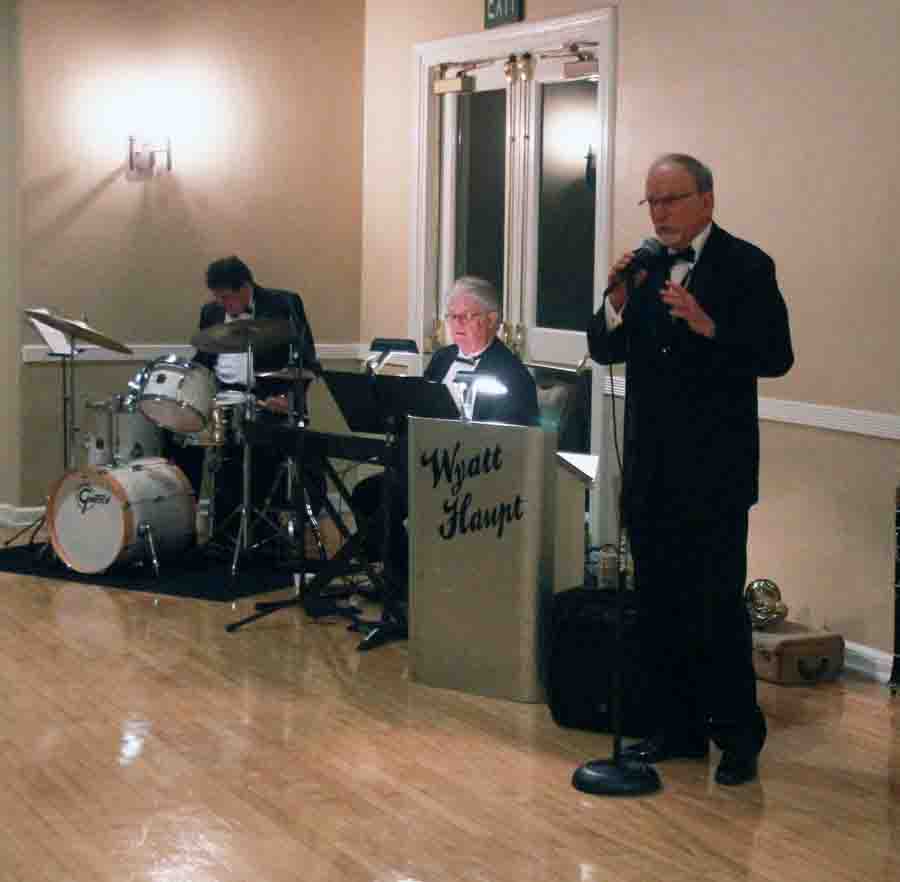
Wyatt tells a story and songs us a song!

Did You Know? - "Has Anybody Seen My Girl? (Five Foot Two, Eyes of Blue)" is an American popular song that achieved its greatest popularity in the 1920s. It is sometimes known simply as "Has Anybody Seen My Girl?" and sometimes simply as "Five Foot Two, Eyes of Blue"; the 1925 Leo Feist, Inc. sheet music gives both of these.

Enjoying the story!

Wyatt's story was captivating....
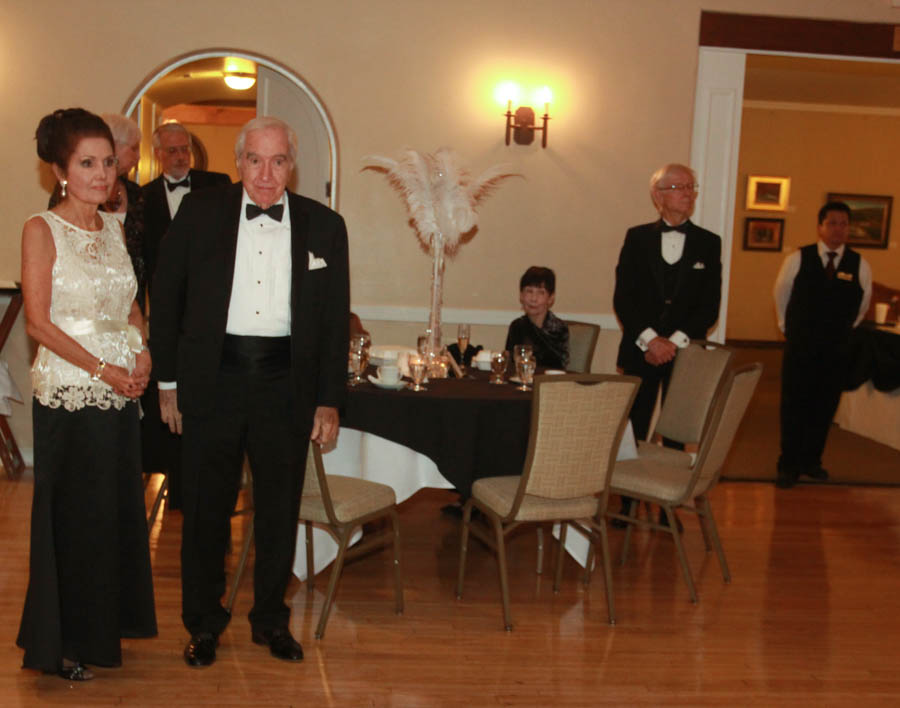
You could hear a pin drop!
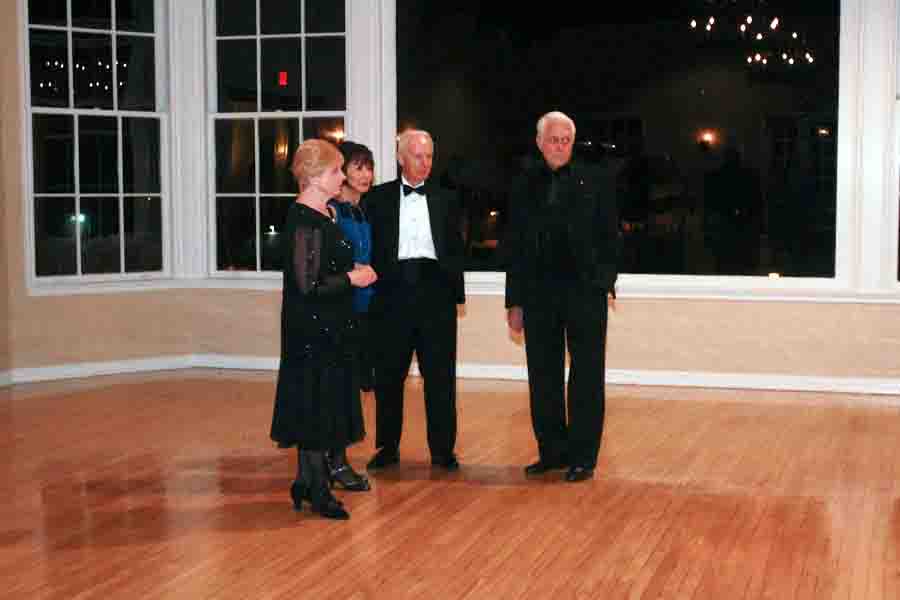
... the story continues

We looked on IMDB and found...
Did You Know? - Whitey Haupt was born on October 7, 1940 in Los Angeles, California, USA as Wyatt Davidson Haupt. He is an actor, known for Skipalong Rosenbloom (1951), It Came from Outer Space (1953) and The Adventures of Ozzie & Harriet (1952).
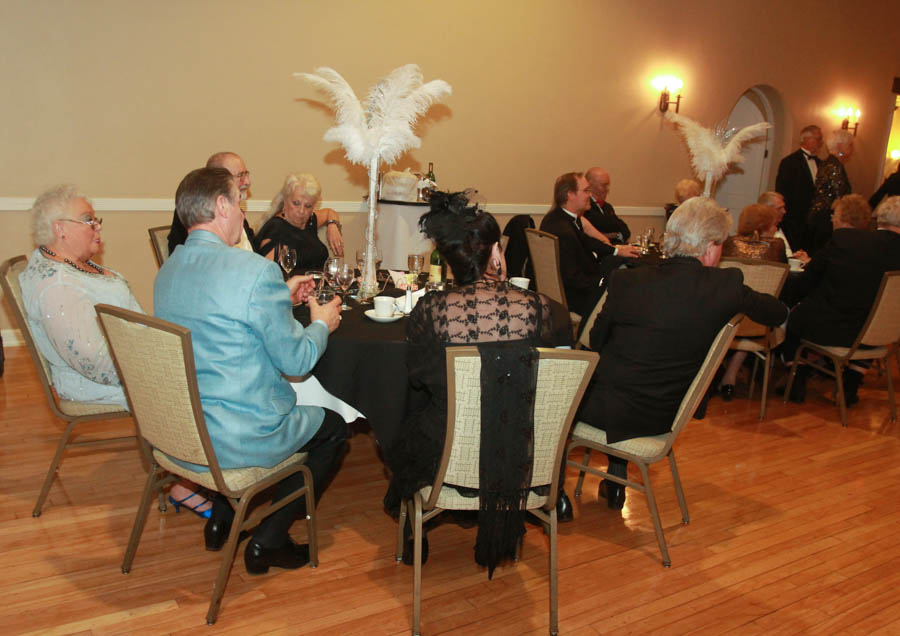
Great fun with great friends!
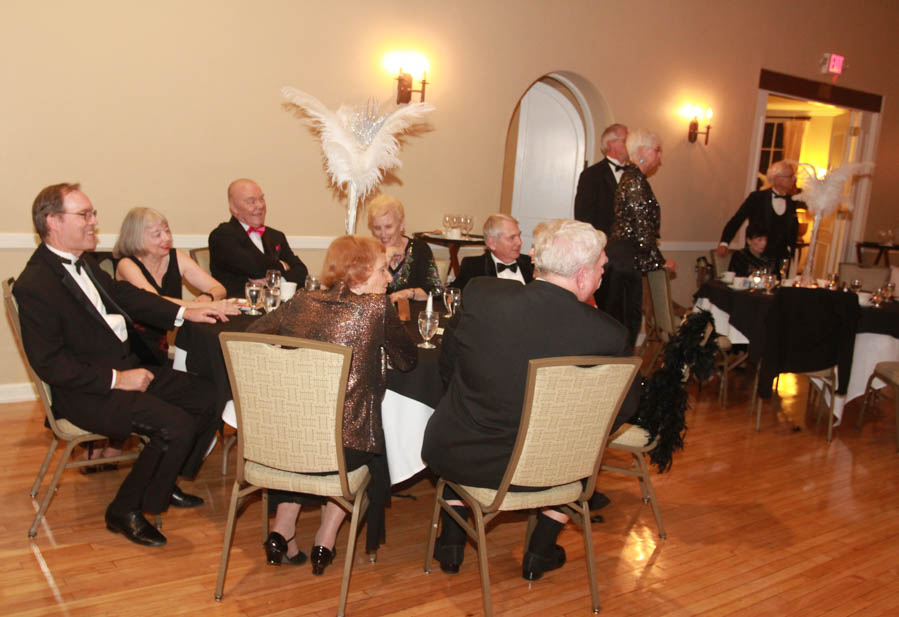
All eyes were on Wyatt!
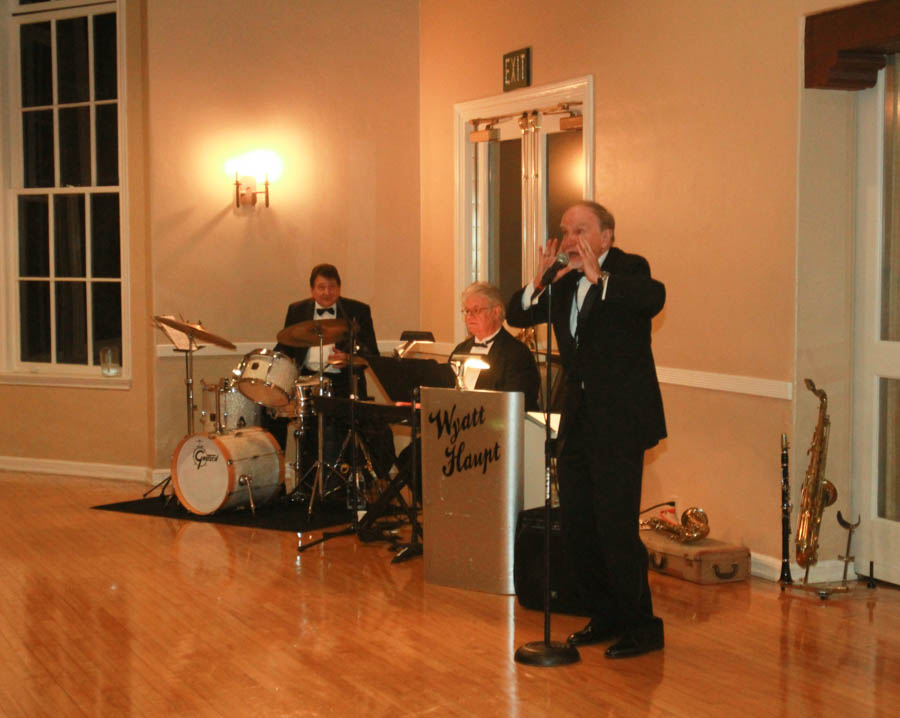
Playing to the audience!


The band takes a break!

We head for the bar!
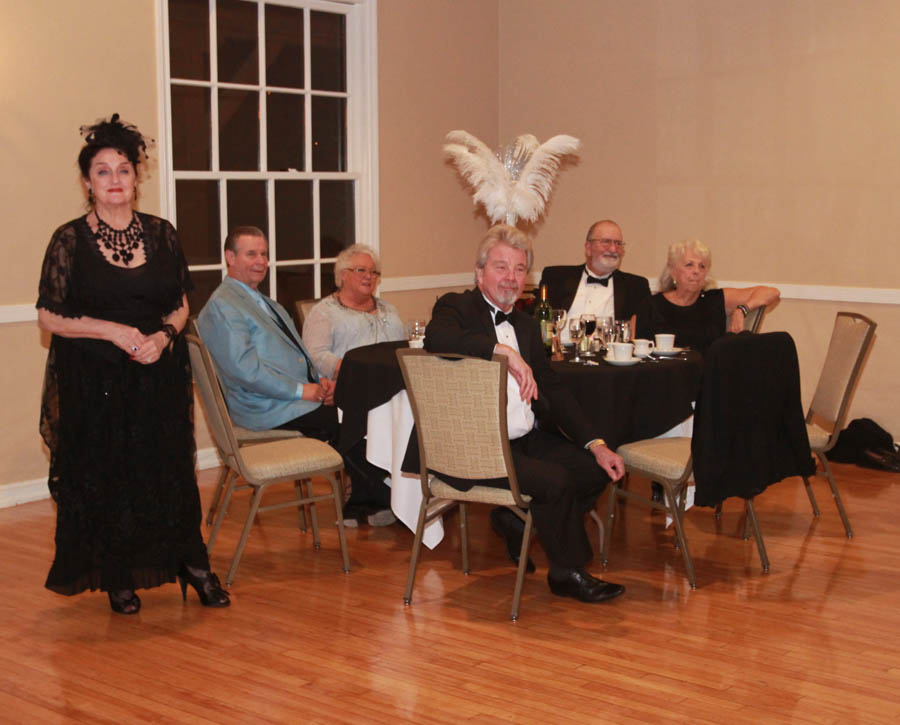
"Do you like my husbands hairdo?"
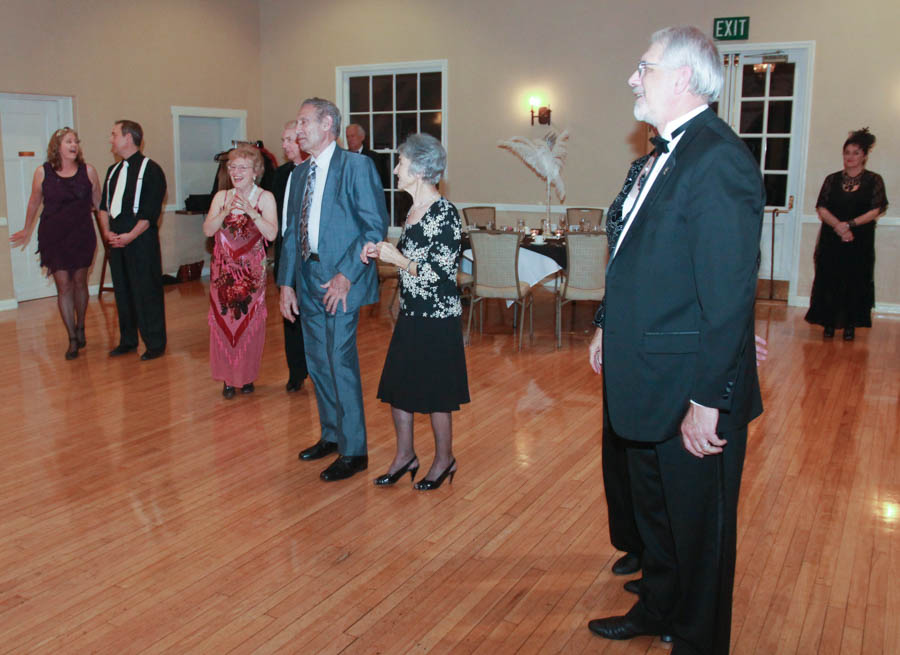
We are about to start dancing again!
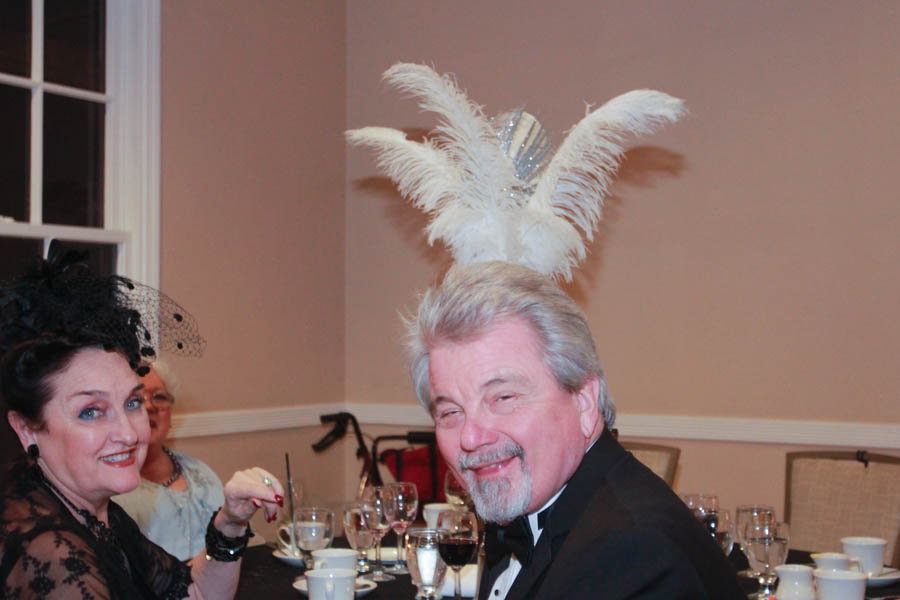
"It's a fashion statement"

So happy to see them up and dancing again!
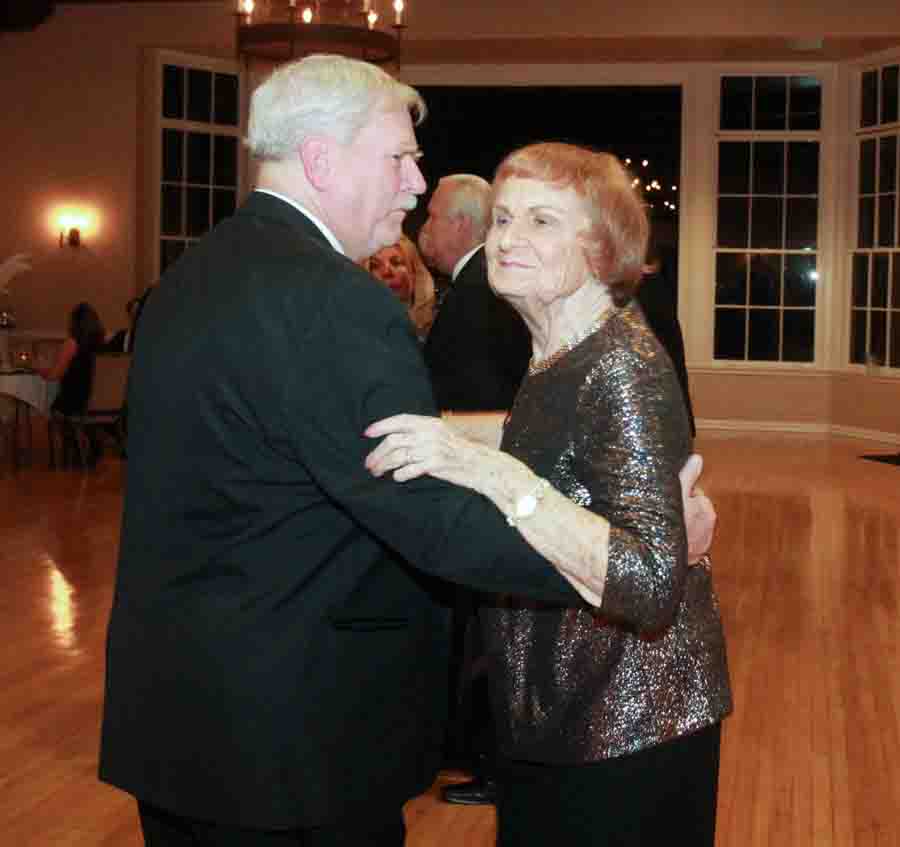
Smiling makes such beautiful dancers look even better!

Larry and Penny are movin' and groovin'
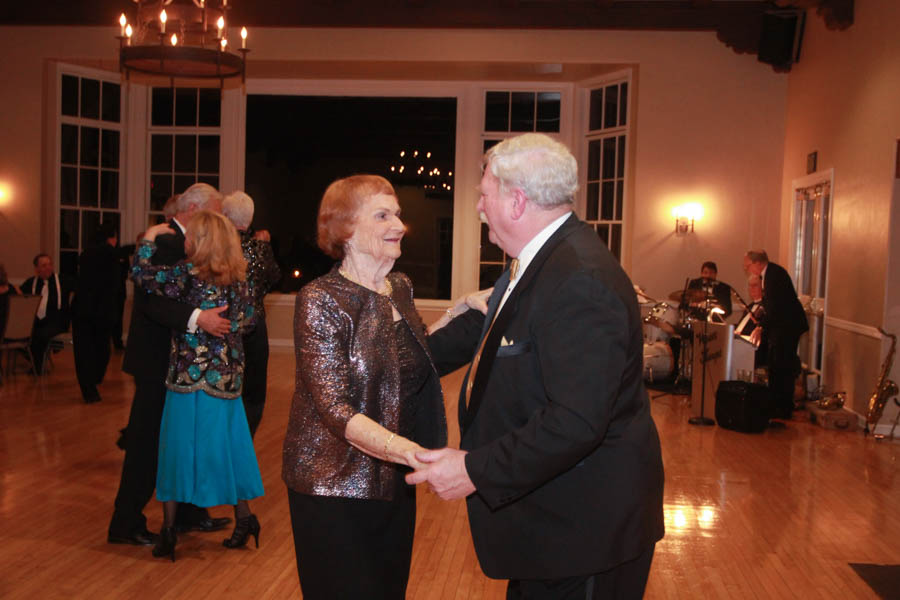
"I think people are heading home!"
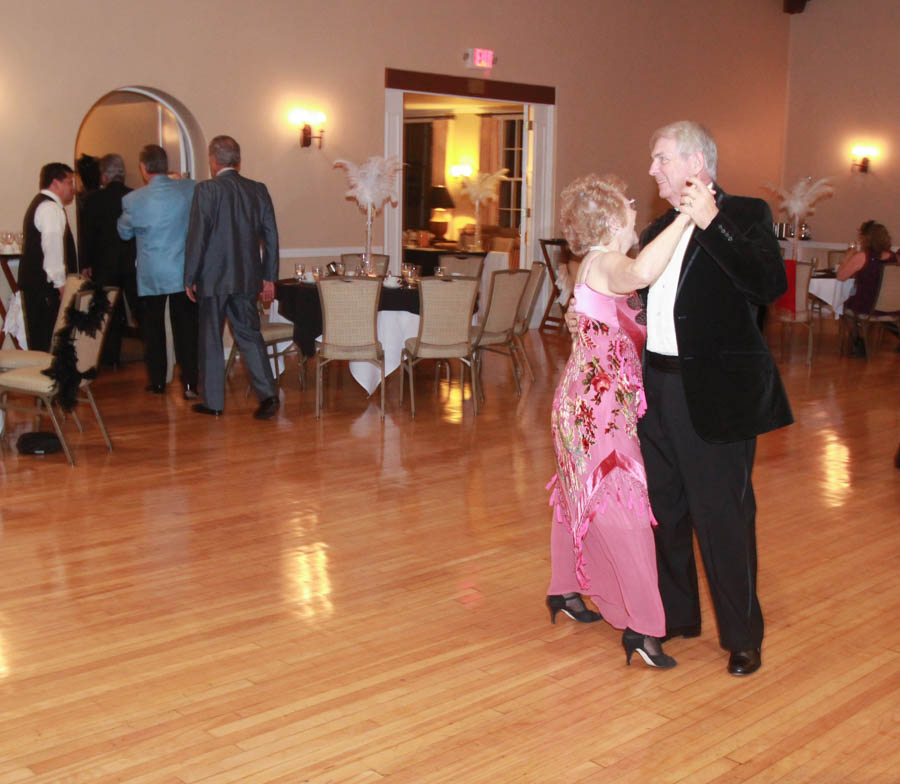
We have the floor Larry.... Let's us it all!

Remember window shopping?

The music was so amazing, no one could sit down for long!

Heading home, we looked from outside (where it was 44 degrees)

Looks like fun!
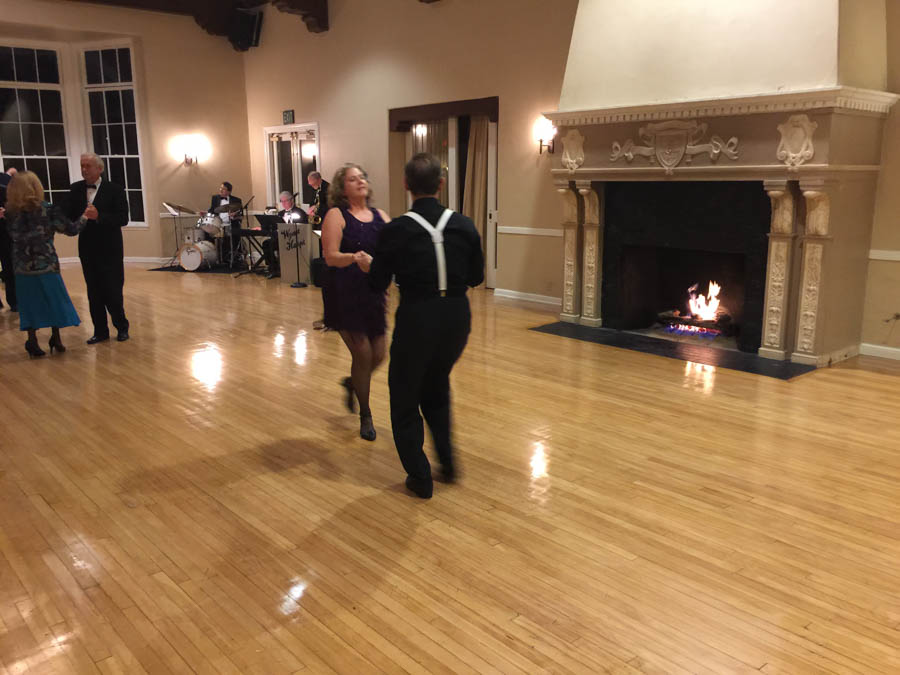
The dance floor was perfect this evening
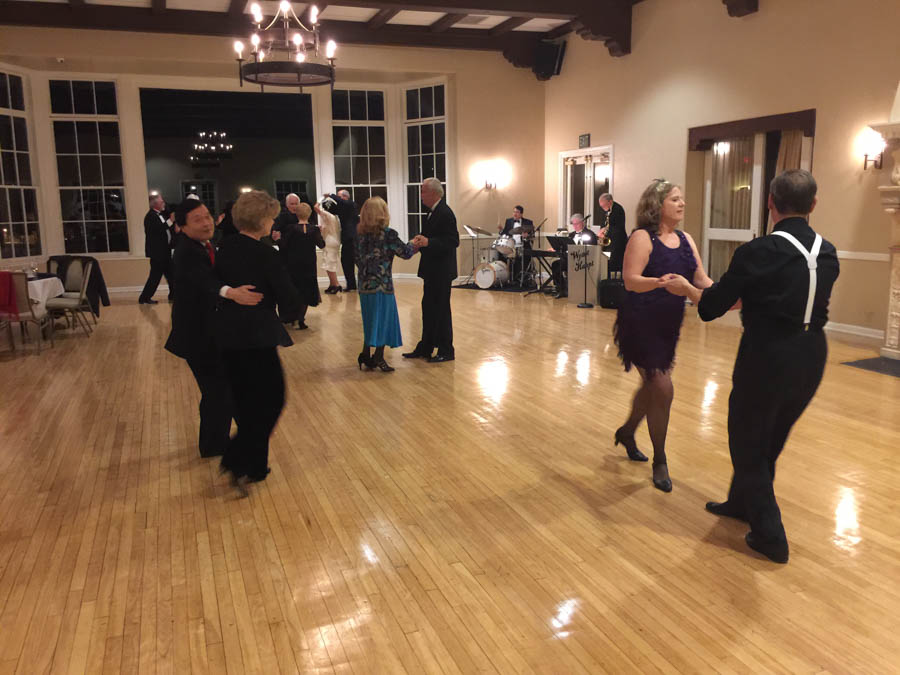
Good night all... See you in 60 days!

Sound: Crazy Blues
Did You Know? - "Crazy Blues" is a song written by Perry Bradford.
It was recorded on August 10, 1920, by Mamie Smith and Her Jazz Hounds, and released that year on a grammophone record by Okeh Records, catalogue 4169. The stride pianist Willie "The Lion" Smith appeared in photographs associated with the recording session, although Perry Bradford claimed to have played piano on the recording (albeit buried in the mix).
Within a month of release, it had sold 75,000 copies. Although there were many recordings made of songs with blues in the title during the previous decade, this recording is considered a landmark as the very first blues record ever issued.
